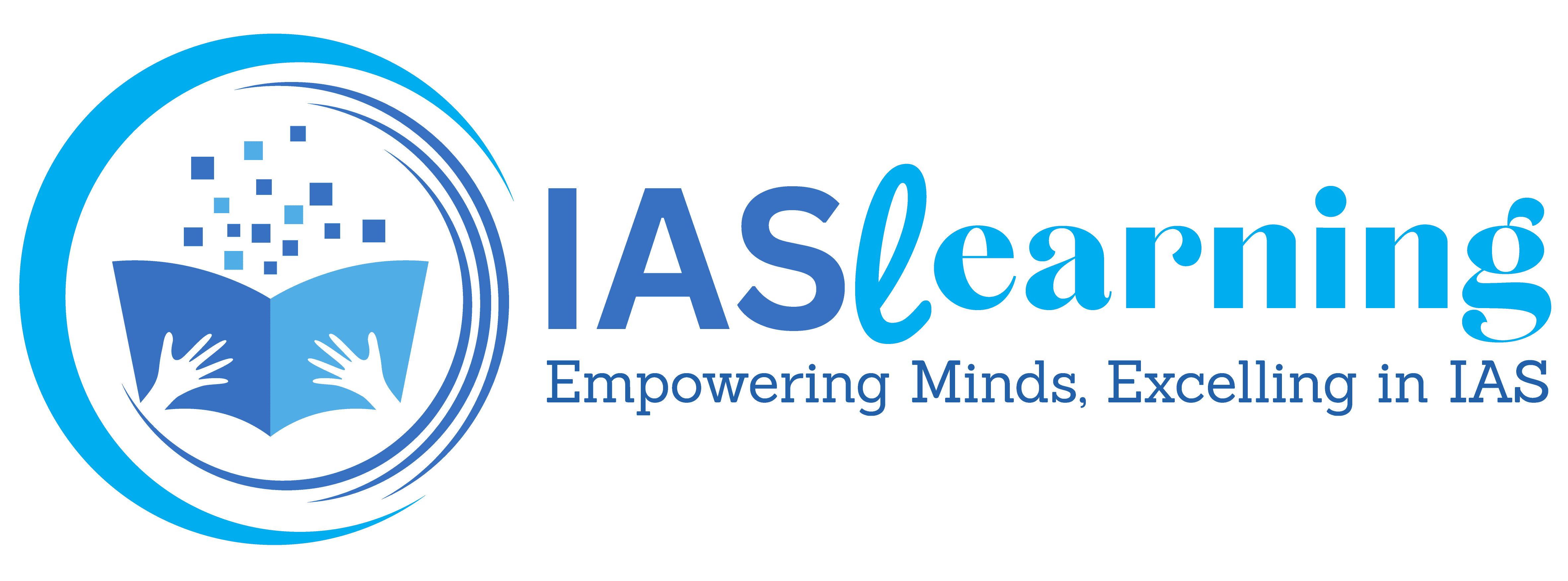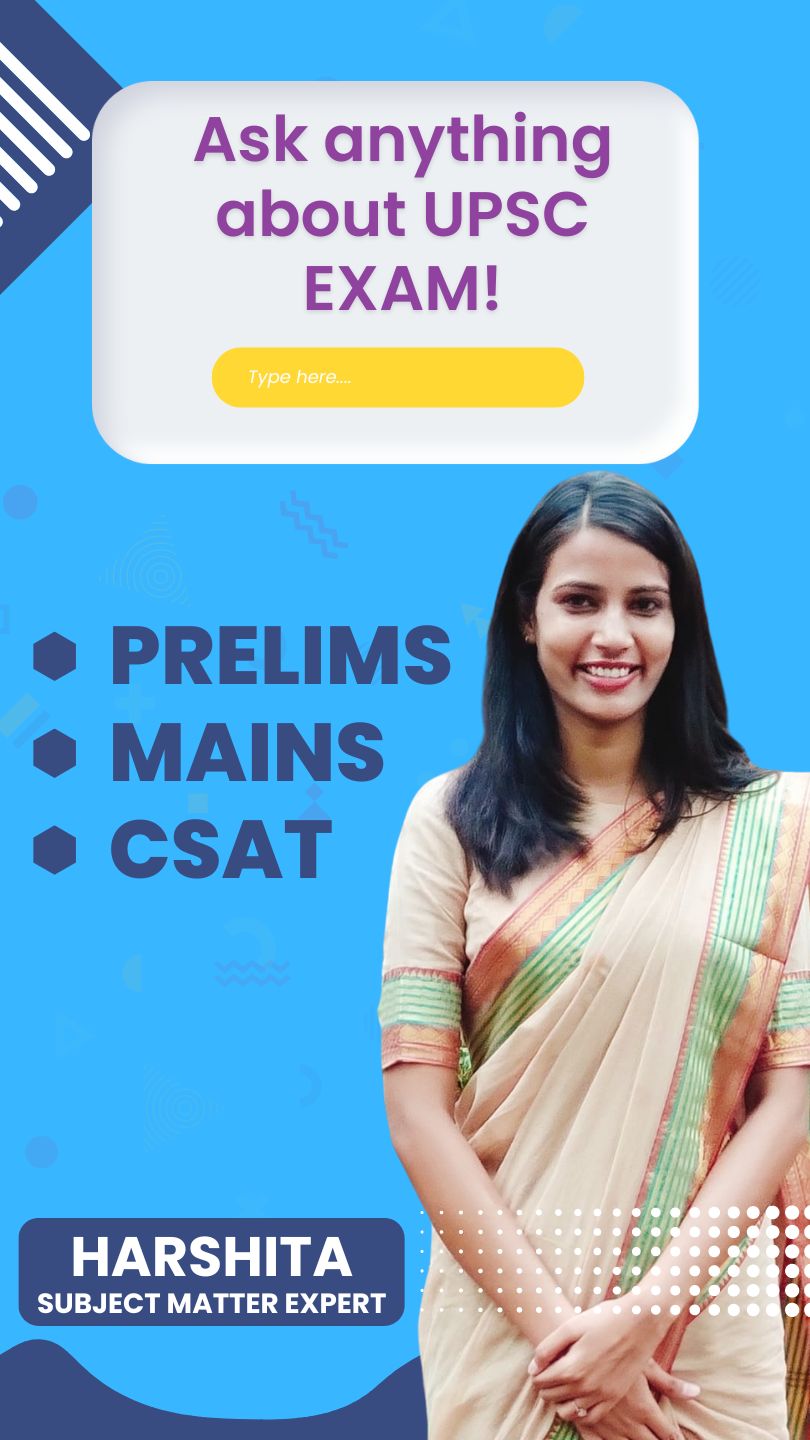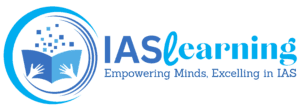🌟 Introduction to Sustainable Development Goals (SDGs)
Let’s face it—trying to remember all 17 Sustainable Development Goals (SDGs) feels like cramming for an exam. But don’t worry, we’ve got a simple mnemonic trick that’ll make it stick!

What are SDGs?
The Sustainable Development Goals (SDGs) are a set of 17 interconnected goals adopted by all United Nations member states in 2015. These goals aim to eliminate poverty, protect the environment, and ensure peace and prosperity for all by 2030.
The Origin of SDGs: 2030 Agenda
The 2030 Agenda for Sustainable Development Goals replaced the earlier Millennium Development Goals (MDGs). This new framework is broader, more inclusive, and specifically designed to “leave no one behind.”
Why Are SDGs Important?
From climate change to inequality, the Sustainable Development Goals cover it all. They serve as a global blueprint for shaping a better future for people and the planet.
🧠 Breaking Down the 17 SDGs
Understanding the Challenge of Remembering 17 SDGs
We all have that moment—”Wait, was it Life Below Water or Life on Land first?” That’s where mnemonics come into play.
Why Mnemonics Work
Mnemonics are memory aids that use patterns, acronyms, or phrases to help you recall information. They’re like mental shortcuts—and who doesn’t love shortcuts?
🧩 The Mnemonic: “PEACE AND JUSTICE FOR ALL GOOD PARTNERSHIPS”
Let’s break it down one letter at a time. It’s not just a catchy phrase, it’s a memory hack that works!
🅿️ P – Poverty Eradication (Goal 1: No Poverty)
End extreme poverty in all its forms. No one should live on less than $1.90 a day. It’s about dignity and access to essentials like housing and sanitation.
🇪 E – End Hunger (Goal 2: Zero Hunger)
No more empty stomachs! Improve nutrition and support sustainable agriculture to make sure no one goes hungry again.
🅰️ A – All Good Health (Goal 3: Good Health and Well-being)
This goal covers health for all—maternal care, mental health, vaccinations, and fighting diseases. Health is the foundation of a productive life.
🇨 C – Clean Water and Sanitation (Goal 6)
Safe drinking water and hygiene should never be a luxury. This SDG ensures universal access to water and sanitation services.
🇪 E – Education for All (Goal 4: Quality Education)
Quality education transforms lives. This goal promotes lifelong learning, digital literacy, and education for girls.
🅰️ A – Affordable and Clean Energy (Goal 7)
We need to ditch coal and embrace clean, renewable energy sources. Access to energy powers communities and economies.
🇳 N – No Climate Change (Goal 13: Climate Action)
From rising seas to wildfires, climate change is real. This SDG calls for urgent global action to reverse the damage.
🇩 D – Decent Work and Economic Growth (Goal 8)
Economic growth must be inclusive and sustainable. Think of job creation, fair wages, and decent working conditions.
🇯 J – Justice and Strong Institutions (Goal 10: Reduced Inequality)
Inequality stifles growth. This goal targets fairness, inclusion, and social justice—locally and globally.
🇫 F – Financial Inclusion (Goal 9: Industry, Innovation, and Infrastructure)
Modern infrastructure fuels innovation. This SDG supports digital finance, public transport, and green tech.
🇴 O – Open Innovation and Infrastructure (Goal 11: Sustainable Cities and Communities)
Cities must be places of opportunity, not struggle. Focuses include affordable housing, efficient transport, and eco-friendly urban living.
🇷 R – Responsible Consumption and Production (Goal 12)
We’re using too much, too fast. This goal promotes sustainable practices—from reducing waste to ethical supply chains.
🅰️ A – Action on Climate (Goal 13)
Yes, again! This repetition highlights the urgency. We must reduce emissions, invest in renewable energy, and educate people about climate resilience.
🇱 L – Life Below Water (Goal 14)
Our oceans are choking with plastic. This SDG supports marine biodiversity, sustainable fishing, and ocean conservation.
🇱 L – Life on Land (Goal 15)
Forests, deserts, and wildlife—this goal protects them all. It also fights desertification and promotes ecosystem restoration.
🇬 G – Good Partnerships (Goal 16: Peace, Justice, and Strong Institutions)
Peaceful societies thrive. This SDG promotes transparency, anti-corruption, human rights, and inclusive governance.
🇸 S – Sustainability for All (Goal 17: Partnerships for the Goals)
We can’t do it alone. Collaboration between nations, businesses, and citizens is the only way to achieve the SDGs.
🎯 Why Learning the SDGs Matters
Contribution to Global Awareness
Understanding the SDGs helps you become part of the global conversation on sustainability.
Personal Empowerment and Engagement
Knowledge empowers action. Whether you’re a student, teacher, or professional—you can make a difference.
Career and Education Opportunities
Sustainability is a booming field. Knowing the SDGs gives you an edge in scholarships, research, and job prospects.
🧠 Other Tips to Remember SDGs
Visual Posters and Infographics
Use colorful SDG wheels and posters. They’re a treat for your eyes and your brain.
Flashcards and Mobile Apps
Apps like SDG Tracker and UN SDG: Learn offer gamified learning experiences.
Songs, Quizzes and Games
YouTube songs, Kahoot quizzes, and even crossword puzzles can make SDG learning fun and engaging.
✅ Conclusion
The Sustainable Development Goals aren’t just lofty ideals. They’re a to-do list for a better world. By using the mnemonic “PEACE AND JUSTICE FOR ALL GOOD PARTNERSHIPS,” you can easily remember each goal and do your part to support the 2030 Agenda.
Whether you’re teaching others, working on a project, or just want to be a responsible global citizen, knowing the SDGs is your first step. So, go ahead—memorize, internalize, and mobilize!
❓FAQs on Sustainable Development Goals
Q1: What is the purpose of SDGs?
The SDGs aim to eliminate poverty, ensure equality, and protect the environment through a global action plan by 2030.
Q2: How many SDGs are there?
There are 17 SDGs, each targeting a specific global issue.
Q3: Who created the SDGs?
All 193 United Nations member states adopted the SDGs in 2015.
Q4: How can I contribute to SDGs in daily life?
You can reduce waste, support local and ethical businesses, promote education, and spread awareness.
Q5: Is there a fun way to remember the SDGs?
Yes! Use the mnemonic “PEACE AND JUSTICE FOR ALL GOOD PARTNERSHIPS” to easily recall all 17 goals.
Also Read: Speaker Of Lok Sabha,Roles




